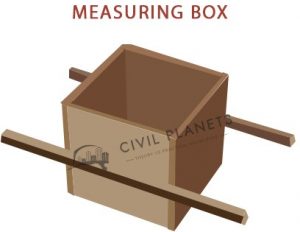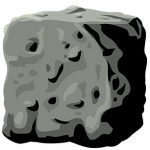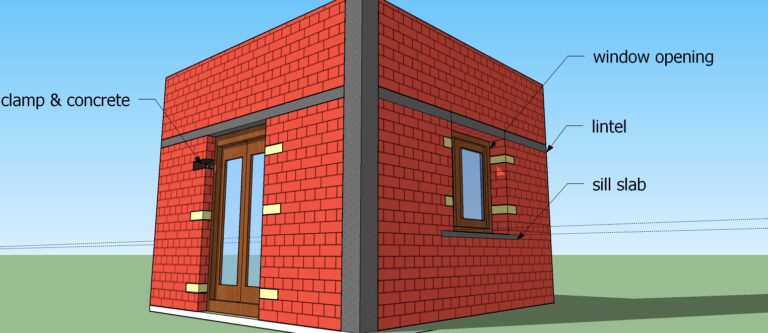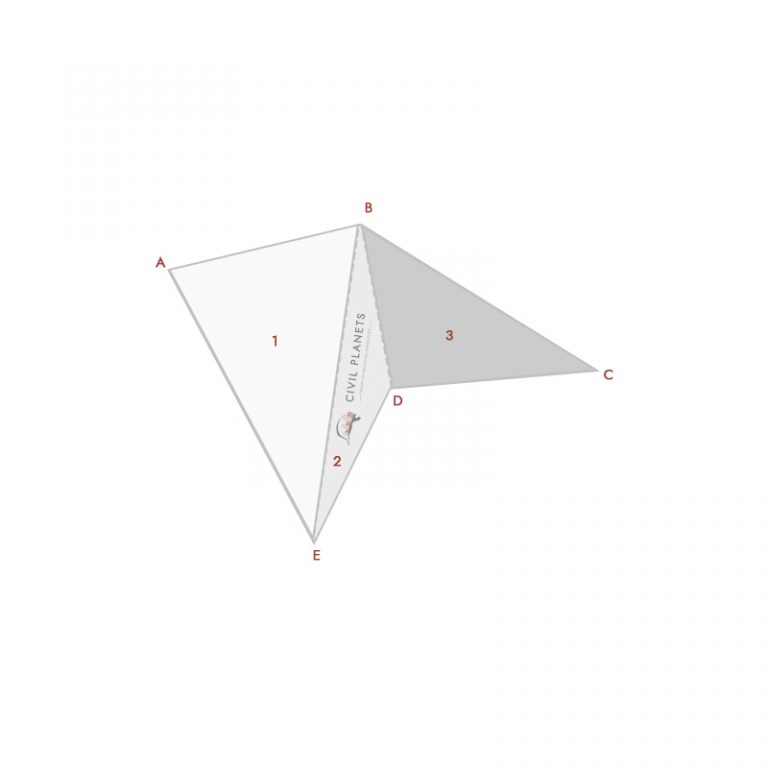During the initial days, we would all think that the concrete nominal mix and design mix are the same except the quantity of requirement. If we need a higher amount of concrete, we will go for the RMC design mix. If we need less amount of concrete mix, we will go for Site Mix (Nominal Mix).
That’s how I thought 🙂

After some time, we would learn that these two are distinct by their proportions. One is Volumetric, and another one is the mass or weight proportions.
But there are many more differences.
What is a Nominal Mix?
Nominal Mix Concrete is a volumetric mixture that does not care about the individual properties of the ingredients (Cement, Sand, Coarse Aggregate). We simply measure the volume (using measuring box) of ingredients and make a proportion of it.

It is okay for small scale construction where there are no critical load applications, and the load does not require more than M20 ratio concrete.
These do not guarantee any kind of durability and strength for the structure. Why? Because up to a certain point, we can use the proportions and can achieve only up to 20 N/mm2 strength.
If you carefully watch the proportions of Nominal Mix, it would be done up to a specific whole number.
| Grade of concrete | Mix Ratio |
| M5 | 1:5:10 |
| M7.5 | 1:4:8 |
| M10 | 1:3:6 |
| M15 | 1:2:4 |
| M20 | 1:1.5:3 |
What is the Design Mix?
Design Mix Concrete is opposite on the other hand. The name itself suggests that it is carefully designed by weight proportions.
It ensures the quality of ingredients by implying the multiple numbers of lab tests to study their characteristics such as specific gravity, Initial and Final setting time, abrasion resistance test, silt content test, and much more.
If you carefully watch the weight proportions, it will be in digits which is hard to achieve at the site.

Experts at the Design Mix field carefully follow the procedure to know the source of the aggregates and the characteristics of them. Based on that, they will start to design the mix to achieve a specific strength.
They formulate different proportions based on the trial mixes. They cast the concrete cubes and test them for their characteristic strength.

Once they achieve the desired strength based on the acceptance criteria, they save the formula and use it for the consecutive mixes. But understand, they change these design mixes every time when they change the aggregate sources.
Difference between Nominal Mix and Design Mix
| Nominal Mix Concrete | Design Mix Concrete |
| Arbitrary Volumetric Proportions | Weight Proportions |
| IS:456–2000 (Cl. 9) | IS: 10262 |
| Fixed Ratio (Ex. 1:1.5:3) | No Fixed Ratio. Based on the requirement, it would change. |
| Concrete strength varies every time because of volumetric proportions | Concrete strength never vary because of controlled design mix calculations |
| It is prescriptive (assumption) based concrete | It is performance-based concrete |
| Individual characteristics of aggregates will not be considered | Individual characteristics of aggregates will be considered |
| Aggregates will not be subjected to tests | Series of lab tests will be conducted to study the characteristics of aggregates |
| Suitable for lower grade concrete | Ideal for Higher Grade concrete |
| The casting of trial mixes is rare. | Trial Mixes will be cast every time. |
| Entrapped air content would be considered | Entrapped air content considered according to the size of the aggregates. |
| Low Quality Control | High Quality Control |
| Water cement ratio will differ based on guidance | Water cement ratio will vary based on the performance of trial mixes |
| Used up to M20 Concrete Mix | Used for High grade concrete (above M20) |
Happy Learning 🙂



